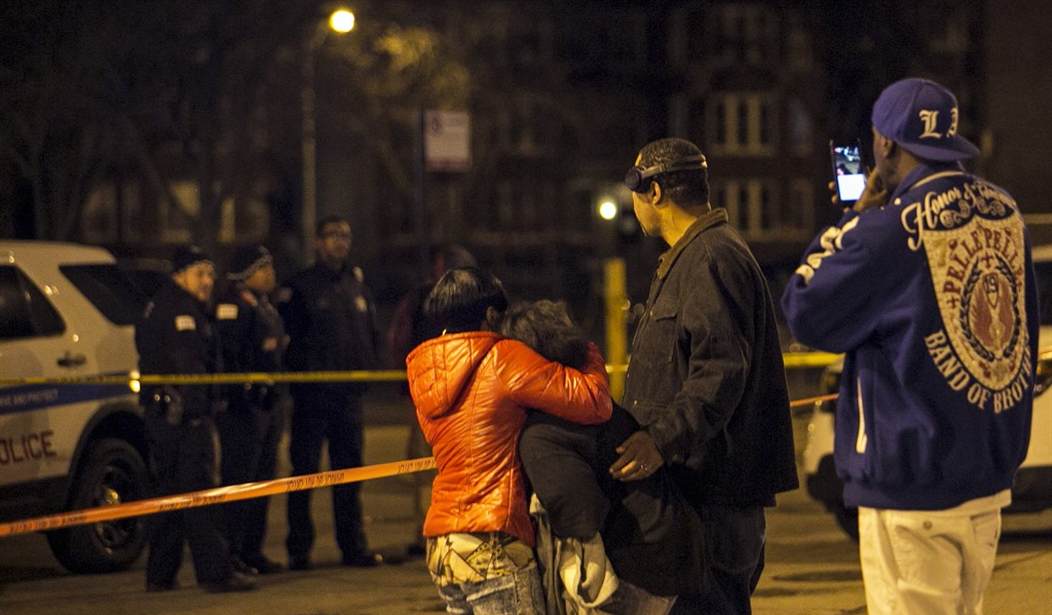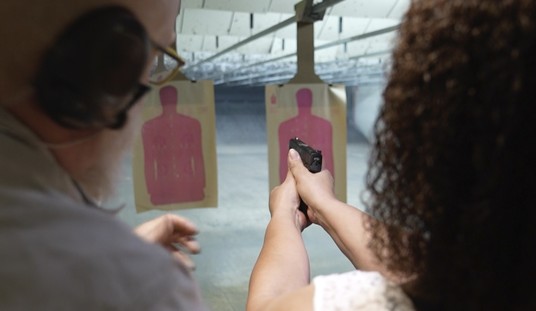We just saw another weekend full of tragic violence in Chicago with at least 34 people shot, six of them fatally. That number is actually down slightly from Labor Day weekend when more than 40 people were shot and eight were murdered in the city. Gang members and street criminals illegally using guns in the commission of their crimes are driving the violence, but the Chicago Tribune is focusing instead on concealed carry holders in a front-page story that highlights the rare cases of concealed carry holders who’ve been involved in crimes.
The number of concealed carry license (CCL) shootings has been steadily rising over nearly six years since it became legal to carry a handgun in Illinois — along with concerns that a lack of rigorous oversight is resulting in more shootings that are not justified. There have been more than 60 shootings by CCL holders, 23 in just the last year, according to a database compiled by the Tribune.
So, since concealed carry became the law in Illinois back in 2014, the Chicago Tribune has identified around 60 cases in which someone legally carrying a firearm pulled the trigger. Not all of those 60 cases involved criminal activity, by the way. Many of the cases cited by the Tribune were actually defensive gun uses. In fact, charges were filed in just 12 of the 62 cases found by the Tribune over the past five years, though there were also a couple of other cases in which a concealed carry holder was killed by law enforcement after committing a crime.
With more than 300,000 Illinois residents licensed to carry, that amounts to less than 0.02% of concealed carry holders in the state that have been involved in a criminal shooting of any kind, at least according to the database compiled by the Tribune. Are concealed carry holders driving the violence in Chicago? Not even close. So why is the paper choosing to run a front-page story hyping up the danger of concealed carry in the state?
Kristen Rand, the legislative director for the Violence Policy Center — a Washington D.C.-based group in favor of gun control — said she expects these kinds of “bad” shootings will increase in Illinois as time passes, based on what has happened in other states.
“In Illinois now that you’ve had (concealed carry) a few years,” she said, “it is similar to what you saw in Florida. The really bad things started happening after the law had been in place several years. It’s not overnight. It takes a while for people to start getting their licenses and having a critical mass of people carrying weapons.
“People feel more comfortable carrying their guns and feel somewhat more emboldened to use them,” she explained. “And also, as time goes by, they’ve all individually had more opportunity to use them.”
There are more than 1.2 million Floridians with concealed carry licenses, and do you know what’s happened since its Right to Carry law went into effect in 1987? Homicides and violent crime have dropped by more than 50 percent in the state, which neither the Chicago Tribune or the Violence Policy Center’s Kristen Rand bother to point out. Instead, the paper tries to make the case that maybe carrying a firearm for self-defense is just too dangerous for most folks.
Figuring out whether pulling the trigger is the best thing to do in a tense, quick-moving situation is not easy. Some criminologists question whether an average person — even trained — can do this. The so-called “good guy with gun,” they said, is an oversimplification.
“It’s a caricature, really,” said Adam Lankford, a professor at the University of Alabama who has studied mass shootings. “Sometimes the person who commits murder doesn’t realize they’re going to commit the murder until six seconds before it happens, and then it’s too late. But they were a good person until that point.”
Kiona Grant said she has attended part of a CCL class but is not yet licensed. She said her trainer drilled this message in their heads: “You have to be in imminent danger. You have to be able to prove your life is in imminent danger.”
But she said she understands now that this is hardly a guarantee.
“You can sit and teach these things,” she said. “You really don’t know, once the person leaves your class, is the person going to do the right thing?”









Join the conversation as a VIP Member